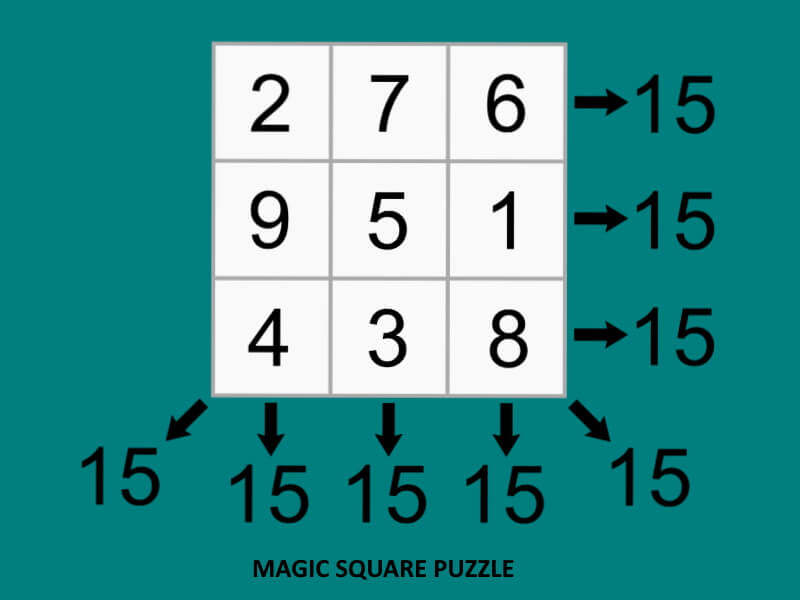Nurikabe is a Japanese term which means ‘invisible walls’ and you will see why the puzzle bears this name.
How to Solve a Nurikabe Puzzle
Like many other puzzles, Nurikabe starts with a grid of various dimensions and all the cells are white. Some of the cells also have numbers on them and this indicated they are part of an island, hence the alternative name for the game Islands in the stream. The number indicates how many cells are in an island, but you don’t know its shape.
You need to use logical deductions to figure out the shape of each island and pencil in the surrounding cells, and these will be the river. The islands can only touch each other at the corners. Sometimes the puzzle is referred to as ‘Structured Cells’ walled in by the black cells.
The easiest way is to look at the smallest numbers on the grid. A 1 means that the island only has one cell, that with the the number on it so you can immediately color the surrounding cells black. Another thing to look for is adiacent islands. If you have a cluster of numbers of the grid, the cells between any two of them must be black since the islands cannot touch each other. Also keep in mind that the river must be continuous, to flow, so to speak, so you cannot have a group of black cells fully surrounded by white cells, as this would form a ‘pool’ rather than a river.
Finally, an experienced player can usually spot unreachable cells, those that are too far away from any numbered cell. This means they simply cannot be part of an island and can be colored black right from the start.
History of the Nurikabe Puzzle
The Nurikabe Puzzle was created by the Japanese company Nikoli, which published the first grid of this type in 1991. The company also released a variants of this binary determination puzzle and the idea was used to create many computer and mobile games. Those who remember the old Minesweeper game on Windows must have noticed the Nurikabe puzzle is based on the same principle.


